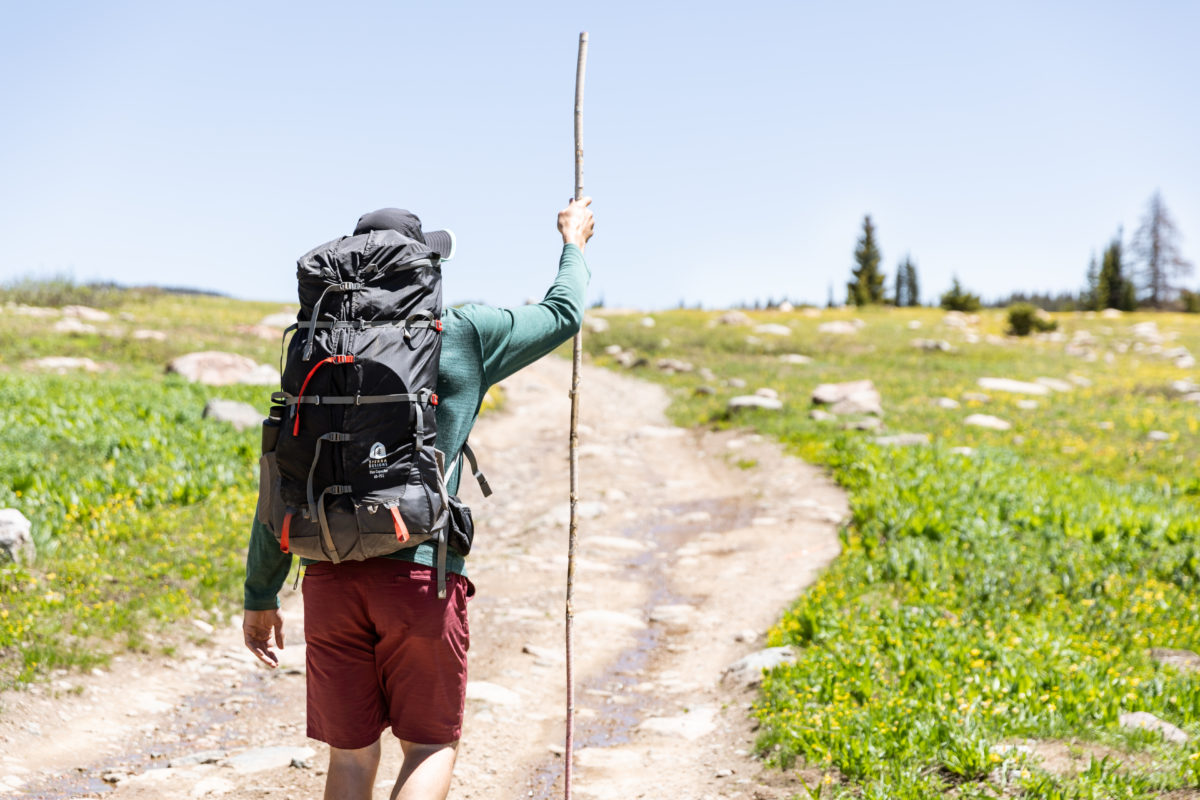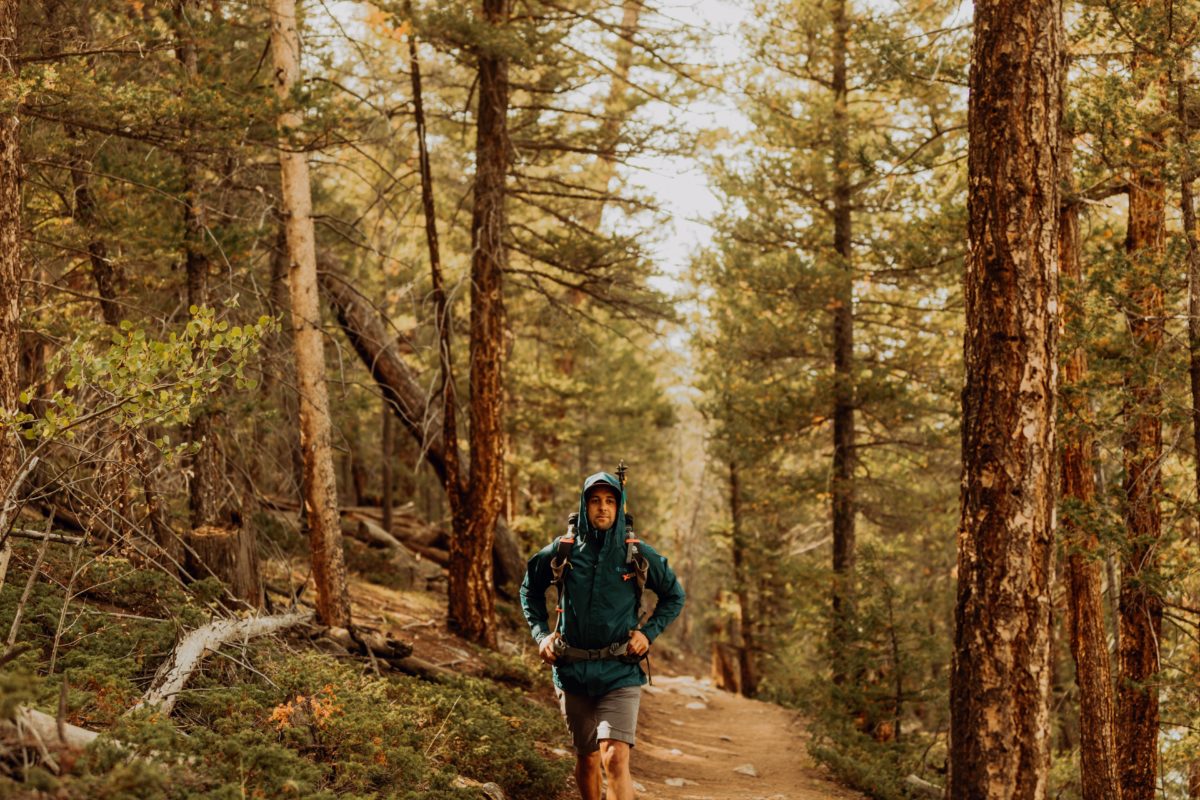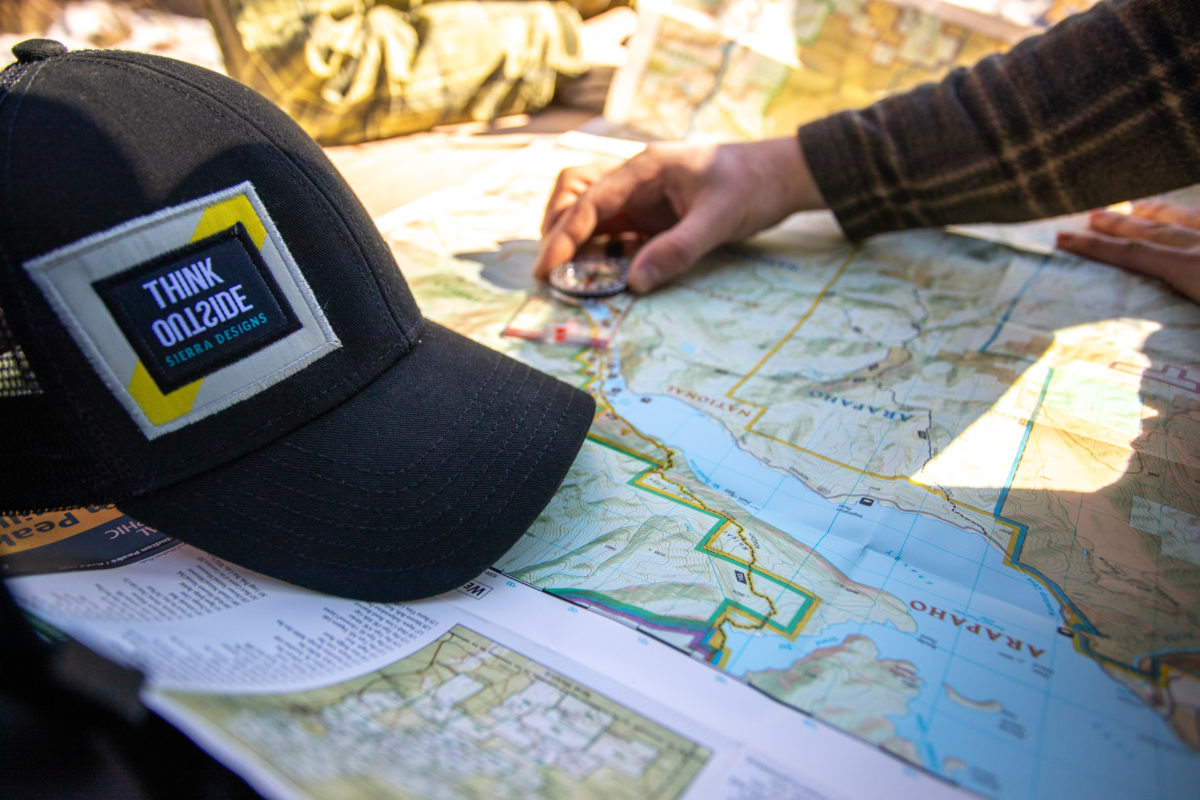Words By: Colleen Goldhorn
It’s officially that time of year again! As the snowpack begins to melt, hikers from all corners of the globe are crossing the last pieces of gear off their list, finalizing mail drops, and making plans to thru hike some of the many National Scenic Trails that dot our nation.
While thru hiking is a rigorous feat in itself, properly preparing for a long distance hike is sometimes half the battle. If you’re planning a thru hike in your future, the list can seemingly be endless with things like picking the right gear, planning your resupplies, and choosing the best way to navigate along the trail.
Let us take some of the heavy lifting off your list with a few of our favorite tips for thru hikers embarking on a hike of any of our National Scenic Trails.
Cutting Weight Is Key
One of the most important things you can do to prepare for a thru hike is to focus on lightweight gear. An extra pound may not seem like much now, but when you’re carrying your pack over mountains for 12+ hours each day, you’ll be thankful for a lighter load. Some thru hikers will opt to make or modify their own gear in an effort to make it lighter, but some of the best pieces of thru hiking gear will be designed with weight in mind. Things like zipperless sleeping bags and ultralight tents can mean the difference between an epic multi-week hike, or a grueling few weeks along the trail.
Know The Ideal Season For Your Trail
Although some trails can be easily hiked year-round, most will have a “peak window” of time where conditions are ideal. For example, thru hikers on the Colorado Trail won’t be able to get across many high passes until July or August due to dense snowpack, but it’s recommended that hikers on the Arizona Trail hike in the Spring or Fall to avoid the intense desert heat. It pays to both do thorough research, and hear first-hand experience from former hikers on blogs or websites like The Trek when determining your start date.

Invest In Gear That Will Endure Your Hike
You spend good money on your gear – it makes sense that you want it to hold up for the length of your hike. For larger, more important items (like tents, sleeping bags, packs, and boots), it pays to buy from reputable brands that are committed to designing gear with weight and durability in mind. It always pays to look for ultralight gear options when possible. Some publications like Outside Magazine, Backpacker Magazine, Sectionhiker.com, and more, can be great resources for finding the right gear, as they often do side-by-side product testing and award the best performing gear with prestigious Editor’s Choice Awards.

Bring Warm Layers Year Round
Nights and mornings often get chilly in the mountains, and you’ll be thankful to have a warm jacket with you – even in the summer. When picking a jacket, choose something that can pack up small, and is lightweight. Down is a great choice for checking these boxes, however even when treated with DriDown, down jackets can eventually lose their warmth in especially damp conditions (like those found on the northern sections of the Appalachian Trail). If you’re looking for something that is more hardy in extremely damp weather, synthetic-fill jackets may be the way to go! They still maintain their warmth, even when wet, and are usually less expensive than their down counterparts. However, they are usually slightly less warm and heavier. No matter which type of insulating jacket you choose, make sure to take it out on a few “shake down hikes” to ensure it works well with your set up before departing on your trip.
Have a Resupply Plan
It’s important to look into your resupply options, and have a plan before you leave on your hike. Some trails (like the Appalachian Trail for example), will come within a couple miles of a town every few days. On trails like this, hikers can get a ride into town and resupply at a grocery store without having to do significant planning ahead of time. On more remote trails, you will need to coordinate a “food and resupply drop”. Often, this requires having a friend or family member mail your gear to a park office for you to pick up along your trip, or sometimes even hiking in and leaving your resupply in a plastic bin at a designated spot off the trail. Having enough food and resources is crucial to staying safe and successfully finishing your hike, and it gives peace of mind to have your resupply plan mapped out before you leave.

Bring The Right Size Pack
A lot of factors go into choosing the perfect pack, but selecting the right size will help make your hike more streamlined and enjoyable. Bring along a pack that’s too large and you’ll be carrying excess weight throughout your trip. Choose one that’s too small, and you’ll have issues packing up all your food, water, and gear each morning at camp. Our Flex Capacitor’s adjustable volume provides a perfect solution for this issue, allowing you to expand or constrict your bag as you hike and resupply along the way. For many warm weather thru hikes where you can resupply frequently, a 40-60L pack may do the trick. Planning on bringing extra gear like ice axes, crampons, bear canisters, or large amounts of food? It might make sense to size up to a 60-75L option. Finally, if you’re a minimalist hiker who won’t be bringing much gear, and can stop for food every few days, then a 25-40L pack is a great ultralight option.

Rain & Wind Gear Will Be A Lifesaver
The only thing worse than hiking through rain, is not having the right gear to stay dry. Be sure to pack a durable rain jacket, like our Hurricane Jacket, to help make sure you’re able to keep getting your miles in even on stormy days. Look for rain jackets that are made of waterproof, yet breathable materials that keep you comfortable and well ventilated throughout the day. Things like storm collars and underarm zippers will give you added comfort as you brave the elements.

Bring Proper Navigation
For most long trails, there are countless guidebooks, apps, and official maps that will help ensure you stay on route. Popular apps, like Guthook Guides, will show where water sources, camp sites, and road crossings are, and can even help you keep track of your daily mileage. If using an app, it’s important to dedicate room in your pack to a reliable battery back up, as running out of battery on your phone could mean the difference between safely getting to camp, or calling search and rescue. For those who prefer the old fashioned way, map and compass navigation is a great alternative. Not only will you not have to worry about running out of batteries, but this form of route finding is great for if you need to take a detour to avoid severe weather or trail hazards. No matter which form of navigation you plan to use, always have a back up plan of how to access help on the off chance you run into a sticky situation.
Embarking on a thru hike is not only a huge accomplishment, but a dream come true for many. Taking the time to thoroughly research and prepare for your hike will help ensure that your journey is not only successful, but worry-free.
Between durable rain gear and lightweight sleeping bags, taking the time to find the perfect gear – and making sure it holds up for the length of your trip – will help ensure you can get your miles in and successfully earn the title of “thru hiker” at the end of your journey.



